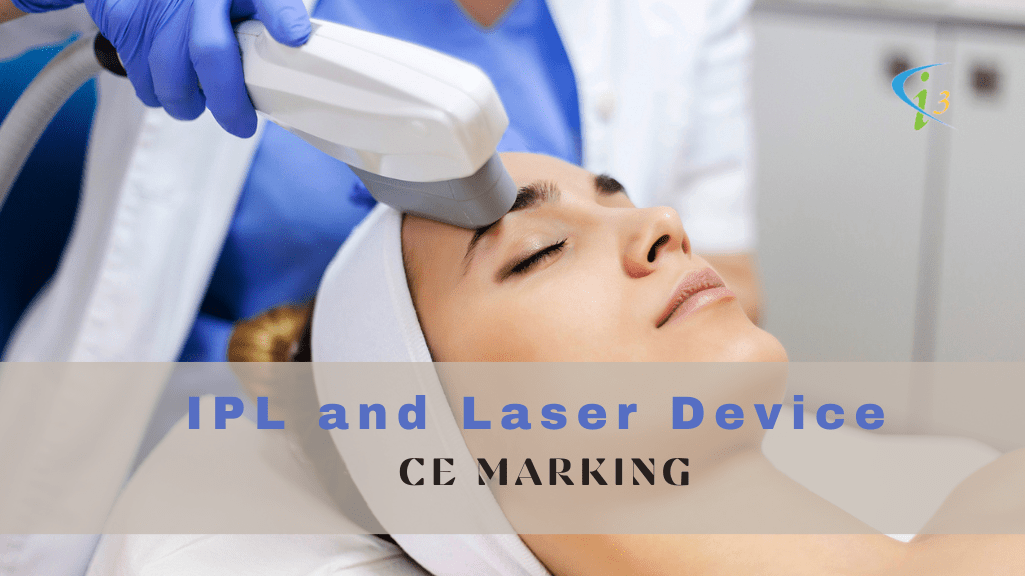Quick Contact
IPL and Laser Device Regulation
Since the implementation of the Medical Devices Regulation on May 26, 2021, there have been notable changes in the regulations for IPL and laser device used in medical treatments. These devices are now held to more stringent requirements, and manufacturers must comply with these rules to guarantee the safety of IPL and laser treatments.
According to the EU Medical Devices Regulation (MDR), Annex XVI, Paragraph 5, IPL and laser equipment fall under the category of “High intensity electromagnetic radiation equipment.” These devices are intended for use on the human body and include sources like infrared, visible light, and ultraviolet light. This classification encompasses lasers and intense pulsed light (IPL) equipment used for various skin treatments, such as skin renewal, tattooing, and hair removal.
During IPL or laser treatments, the equipment emits intense beams of light of specific colors. This light energy is crucial for heating the pigment in the hair and skin, leading to the destruction of cells in the hair follicle, ultimately preventing hair growth. As a result, IPL and laser equipment are officially classified under the MDR as a form of skin treatment involving hair removal.
The EU MDR provides the definition for IPL and laser equipment in Paragraph 5 of Annex XVI, stating:
High-intensity electromagnetic radiation equipment (e.g., infrared, visible light, and ultraviolet light) intended for use on the human body, including coherent and incoherent sources, single-color, and broad spectrum, e.g., lasers and intense pulsed light equipment, for skin renewal, tattooing, hair removal, or other skin treatment.
During an IPL or laser treatment, Intense Pulse Light or equipment is used, which can produce an intense beam of light of a specific color. Both treatments have ‘captured light energy.’ This light energy ensures that the pigment in the hair and in the skin is heated with the laser so that the cells in the hair follicle, which produce hair, will be destroyed. Therefore, IPL and laser equipment are classified under the MDR as a form of skin treatment involving hair removal.
IPL and Laser Device CE Marking
As per EU Medical Devices Regulation, IPL and laser equipment fall into Class IIa or Class IIb has many rigorous requirements. Manufacturers of these devices must ensure compliance with both general safety and performance requirements (GSPR) outlined in MDR. Additionally, a crucial step in the process is the clinical evaluation of the device.
For the product to be legally marketed, it must bear the CE mark. However, since it is classified as a Class IIa/IIb or III device, the assessment of its compliance and safety is checked by a Notified Body. The Notified Body thoroughly examines whether the product meets all the legal requirements and safety standards along with manufacturing activities and QMS. This oversight is regulated by the European Commission. Once the Notified Body approves the product, it receives the CE mark, signifying its compliance, and can then be placed on the market.
Note:
According to Article 1(a) of the regulation, the devices listed in Annex XVI under item 5, including IPL and laser equipment, are assigned to risk class IIa.
I3CGLOBAL has a team of medical device regulatory professionals dedicated to assisting manufacturers in meeting the EU Medical Devices Regulation (MDR) requirements, specifically for Annex XVI products. Our expertise can be instrumental in helping manufacturers attain CE marking for medical devices.
Manufactures interested in learning more about the specialised support offered by I3CGLOBAL for their specific needs related to EU MDR compliance, please reach out to us.

